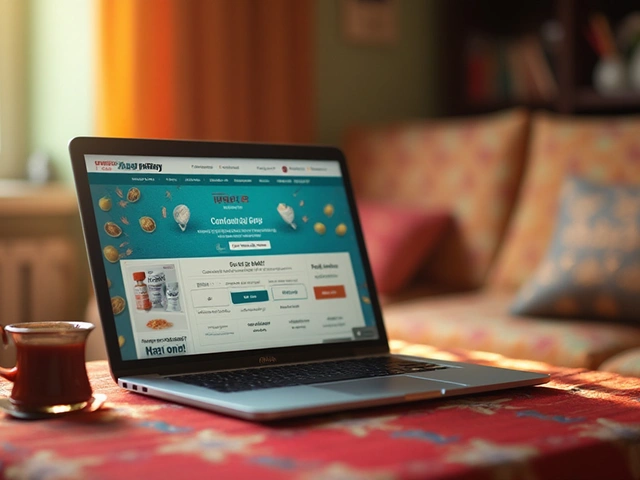Blood Sugar Control: Simple Steps for Steady Glucose
If you’re juggling meals, meds, and a busy life, keeping blood sugar stable can feel like a full‑time job. The good news? You don’t need fancy gadgets or extreme diets. A handful of everyday habits can make a huge difference in how your body handles glucose.
Watch What You Eat, Not Just How Much
The first thing most people miss is the timing of carbs. Pairing a slice of whole‑grain toast with protein or healthy fat slows down sugar spikes. Think eggs, nut butter, or a handful of nuts. If you love fruit, grab berries or an apple with the skin on—they release sugar more gradually than a juice‑only snack.
Spices aren’t just flavor boosters; cinnamon, fenugreek, and black pepper have been shown to improve insulin sensitivity. Sprinkle a dash into your oatmeal or tea and you’ll add a subtle health kick without any extra calories.
Avoid Hidden Sugar Triggers in Medications
Many over‑the‑counter drugs and even some prescription meds contain sugars or ingredients that raise glucose. Common culprits include cough syrups, certain antihistamines, and some vitamin supplements. Always read the label for “sucrose,” “glucose,” or “dextrose.” If you’re unsure, ask your pharmacist whether a drug could affect your blood sugar.
In India, popular anti‑diabetic herbs like bitter gourd or gymnema are often added to traditional remedies. While they can help, mixing them with strong synthetic drugs might cause unpredictable drops. Talk to your doctor before stacking herbal extracts on top of prescribed pills.
Staying hydrated is another low‑key trick. Dehydration can concentrate blood sugar, making readings look higher than they are. Aim for 8‑10 glasses of water a day, and swap sugary sodas for infused water with lemon or cucumber.
Exercise doesn’t have to be a marathon. A brisk 15‑minute walk after meals can move glucose into your muscles, lowering the post‑meal spike. If you’re short on time, try a quick set of body‑weight squats or climbing stairs—any movement helps.
Finally, keep a simple log. Write down what you ate, any meds taken, and your blood sugar reading. Patterns pop up fast when you see the data in front of you, and you’ll spot which foods or pills cause the biggest swings.
With these practical tweaks—timing carbs, checking medication labels, adding spices, staying hydrated, and moving a bit after meals—you can take control of your blood sugar without overcomplicating life. Stick to what works for you, and you’ll notice steadier numbers and more energy day after day.

New Diabetes Drug Replacing Metformin: What You Need to Know
A major shift is happening in diabetes medication as new drugs step up to replace metformin. This article breaks down which drugs are leading the charge, how they work, and why some doctors now prefer them. You'll learn which patients could benefit most and what side effects to look out for. Get practical tips if you're considering a change in your diabetes treatment. Stay informed about what's coming next in diabetes care.

Discovering the Safest Diabetes Pills: Your Essential Guide
Choosing the right medication for diabetes is crucial for effective management and minimizing risk. This article dives into the safest diabetic pills available today, assessing their pros and cons, the importance of consulting a healthcare provider, and lifestyle tips for enhancing efficacy. Learn how to navigate the options and improve your health through informed choices.

Which Celebrities Have Undergone IVF Treatment?
Nov, 20 2025



